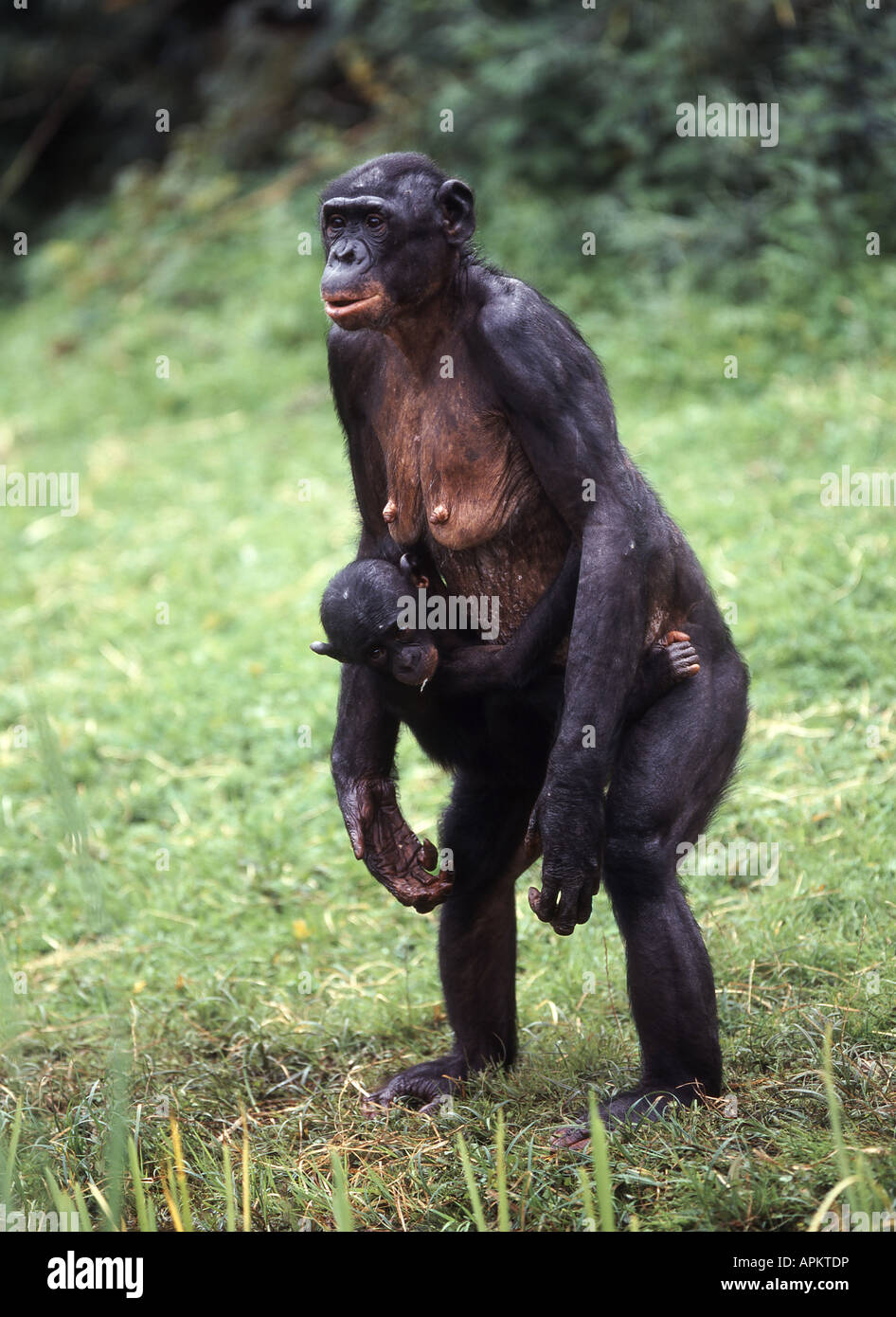
Humans and apes share a pattern of prolonged postnatal growth in brain size that sets them apart from Old World monkeys ( Leigh, 2004). In the case of human brain evolution, sequential hypermorphosis, a type of heterochrony characterized by prolongation of all stages of brain development compared to the ancestral state ( McNamara, 2002 Vrba, 1998 McKinney, 2002), has been proposed as an evolutionary mechanism underlying cerebral expansion in humans. Developmental differences between species represent an important component in evolutionary studies, as small changes in the timing of development translate into morphological differences in adulthood, often with important functional implications. Since cortical pyramidal neurons represent the most common type of neuron in the cortex and form basic units of cortical microcircuitry ( DeFelipe and Fariñas, 1992), comparative analyses directed specifically at pyramidal neurons can yield insights into the organization of the microcircuitry that is typical of each species.ĭifferences observed in the adult phenotype between humans and chimpanzees likely reflect differences in timing and/or rate of cortical development. One of these is the dendritic morphology of cortical pyramidal neurons, which differs between humans and the common chimpanzee ( Pan troglodytes) ( Bianchi et al., 2013a). While these changes cannot be inferred directly from the fossil specimens, comparative analyses of cortical organization between extant primate species suggest that the human brain indeed differs from the brain of other hominid species in several important microstructural aspects ( Semendeferi et al., 2001 Barger et al., 2007 Semendeferi et al., 2011). Equally important were the subtle changes in brain organization at the microscopic level. The increase in the cranial capacity in fossil hominins has been tied to behavioral changes, including the appearance of the first stone tools and their subsequent elaboration, increases in population size, and the spread of hominins into ecologically challenging habitats ( Ambrose, 2001 Stout, 2011). Since the split from the last common ancestor of hominins ( Homo) and African apes ( Gorilla and Pan spp), human brain evolution has been characterized by several waves of increases in cranial capacity ( Carlson et al., 2011 Falk et al., 2000) and selective expansion of regions implicated in complex cognition ( Semendeferi et al., 2010 Semendeferi and Damasio, 2000). The strategy proposed here lays the groundwork for further comparative analyses between humans and NHPs and opens new avenues for understanding the differences in the neural underpinnings of cognition and neurological disease susceptibility between species. Our results show differential migration patterns in human neural progenitor cells compared to those of chimpanzees and bonobos both in vitro and in vivo, suggesting heterochronic changes in human neurons.

We utilize induced pluripotent stem cell (iPSC) technology to investigate the development of cortical pyramidal neurons following migration and maturation of cells grafted in the developing mouse cortex. The study of post-mortem brains of nonhuman primates (NHPs) has been limited and often does not recapitulate important species-specific developmental hallmarks. University of California San Diego, United States Ĭomparative analyses of neuronal phenotypes in closely related species can shed light on neuronal changes occurring during evolution.

University of Rochester School of Medicine and Dentistry, United States.Rady Children's Hospital San Diego, United States.University of California, San Diego School of Medicine, United States.Institute of Psychiatry and Neuroscience of Paris (UMR S894 INSERM, University Paris Descartes), France.Huntsman Cancer Institute, United States.University of California, San Diego, United States.The Salk Institute for Biological Studies, United States.


 0 kommentar(er)
0 kommentar(er)
